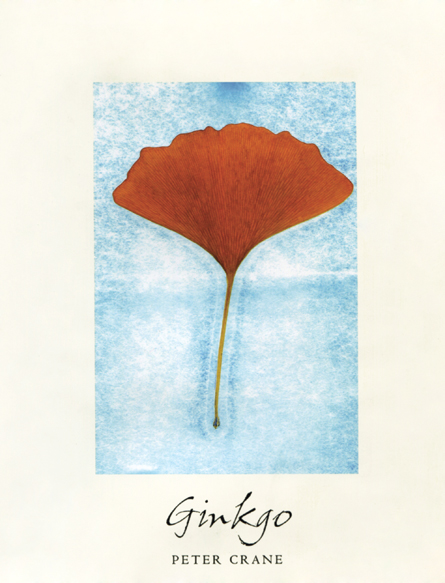

During this time, he established the Office of Environmental and Conservation Programs and the Center for Cultural Understanding and Change, which today make up the Division of Environment, Culture, and Conservation (ECCo). Dean of the Yale School of Forestry & Environmental Studies from 2009 until 2016. From 1992-1999, he was director of the Field Museum in Chicago with overall responsibility for the museum’s scientific programs.

It is one of the world’s most popular street trees and herbal medicines.Ĭrane’s work focuses on the diversity of plant life: its origin and fossil history, current status, and conservation and use. The ginkgo is a botanical oddity and a widely recognized botanical “living fossil.” Wild Ginkgo exists only in China, but today it is beloved for the elegance of its leaves, prized for its edible nuts, and revered for its longevity. in Nichols Theatre.ĭuring the event, Crane will discuss the evolutionary and cultural history of the ginkgo tree from its mysterious origin through its proliferation, drastic decline, and ultimate resurgence. Crane, who is president of the Oak Spring Garden Foundation and author of Ginkgo: The Tree that Time Forgot, will give a free, public lecture on January 24 at 7 p.m. Readers of this extraordinarily interesting book will be drawn to the nearest ginkgo, where they can experience firsthand the timeless beauty of the oldest tree on Earth.Internationally renowned botanical researcher and evolutionary plant scientist Peter Crane is one of the first speakers slated to visit Randolph College in 2018. Crane also highlights the cultural and social significance of the ginkgo: its medicinal and nutritional uses, its power as a source of artistic and religious inspiration, and its importance as one of the world's most popular street trees. Inspired by the historic ginkgo that has thrived in London's Kew Gardens since the 1760s, renowned botanist Peter Crane explores the evolutionary history of the species from its mysterious origin through its proliferation, drastic decline, and ultimate resurgence. This engaging book tells the full and fascinating story of a tree that people saved from extinction - a story that offers hope for other botanical biographies that are still being written. Today ginkgo is beloved for the elegance of its leaves, prized for its edible nuts, and revered for its longevity. A relic in China, but it earned its reprieve when people first found it useful about a thousand years ago.

Perhaps the world's most distinctive tree, ginkgo has remained stubbornly unchanged for more than two hundred million years.


 0 kommentar(er)
0 kommentar(er)
